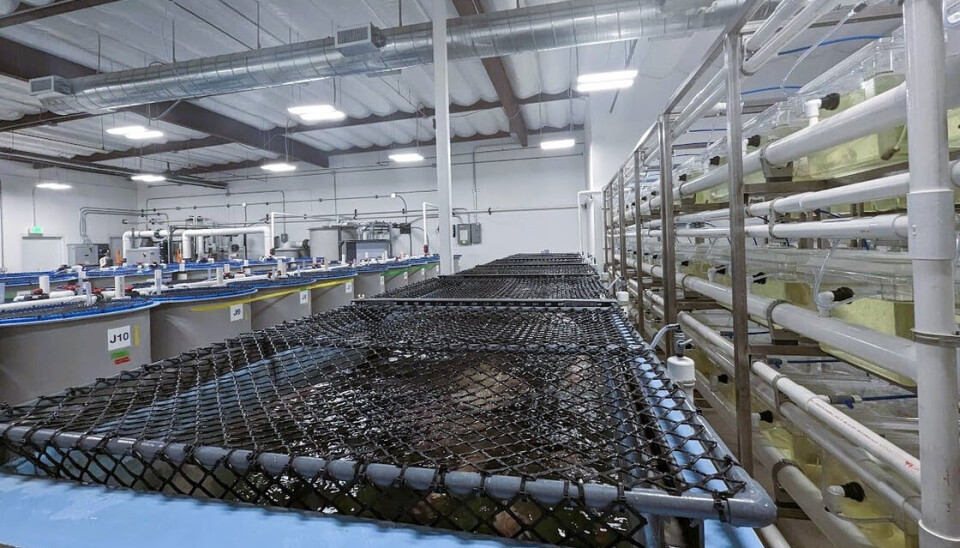
Finfish genetics centre opened in US
Research space is latest addition to CAT facilities
The Centre for Aquaculture Technologies (CAT) has announced an expansion of its San Diego facility by opening the Finfish Genetics Innovation Centre, a research space dedicated to the delivery of foundational advances in genome editing technologies for commercial aquaculture applications.
CAT, which also operates research facilities in Victoria and Souris on Prince Edward Island, Canada, said the investment represents a significant step in its mission to help the aquaculture industry increase efficiency through the development and application of genomic tools for next-generation breeding.
“The San Diego facility expansion aligns with our plans to accelerate strategic growth and expand CAT’s global footprint,” said president and chief executive Dr John Buchanan.
“The Finfish Genetics Innovation Centre will support the continued commercialisation of our patented genome editing technologies and ability to drive genetic innovation in aquaculture.”
Genome editing
The facility includes a state-of-the-art genome editing and germ cell transfer laboratory for commercial-scale research applications, as well as a wet lab for data collection. Also included are new recirculating aquaculture systems (RAS), custom-built to support research and animal welfare, and to help streamline maintenance and husbandry activities. Bringing these three workspaces together under one roof will enhance efficiency in conducting research and delivering breakthroughs, said CAT.
Facility manager Matt Stone said: “Our Aquatic Facilities team is looking forward to utilising the new Finfish Genetics Innovation Centreer and is excited to participate in the groundbreaking research in aquaculture genetics and genomics.”
CAT said the facility will be dedicated to Dr Michael Horne for his contributions as an advisor, and for his dedication to aquaculture innovation. ”For decades, Mike has been a trailblazer in the world of aquaculture research, and his work has left a permanent and undeniably positive mark on the industry and a host of aquaculture scientists,” said CAT.























































